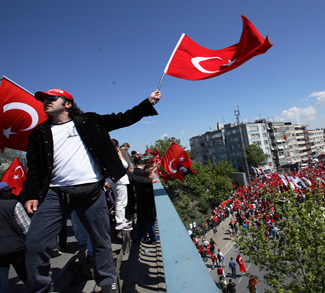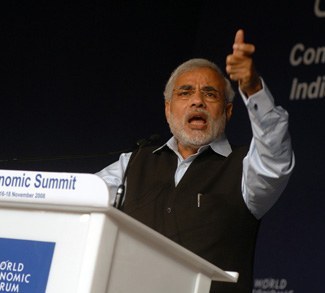The ongoing unrest in Bangladesh, marked by protests and violence which began in July 2024, has quickly escalated into a full-blown national crisis, leading to the resignation of Prime Minister Sheikh Hasina. Under the provisional government led by Muhammad Yunus, violence continues to grip the nation, and the country’s future now largely depends on the actions taken by both the military and the opposition party.
The Evolution of Student Protests in Bangladesh
The protests began as a peaceful, student-led demonstration against the civil service quota system, which reserved a significant portion of government jobs for specific groups, including families of veterans from Bangladesh’s 1971 independence war. Students argued that this system disproportionately benefited loyalists of Prime Minister Sheikh Hasina’s ruling Awami League, undermining merit-based recruitment. Discontent grew as Hasina’s 15-year rule was marked by autocratic governance, including the jailing of opposition members before the election, silencing critics, and curtailing press freedoms. In particular, a large swathe of the population felt passed-over by development and resented the wealth accumulation among elites with government ties; youth unemployment remained high, with about 18 million young people out of work, education, or training.




